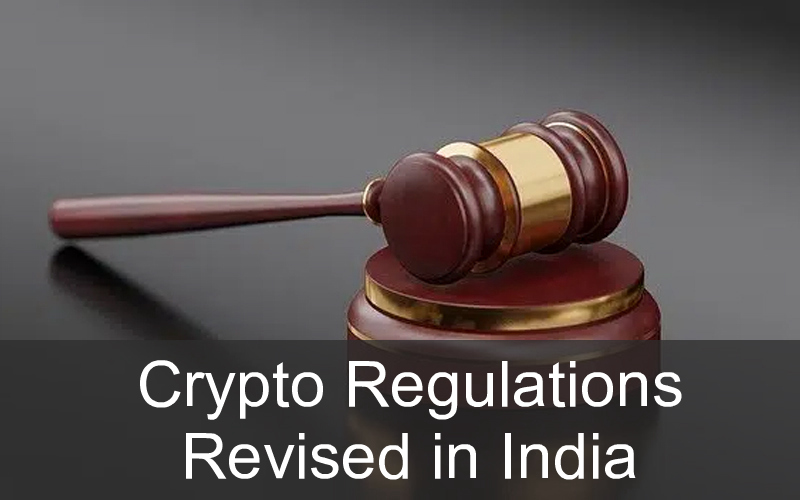In the year 2022-23, the Indian Government put in place some tax regulations for virtual digital assets (VDA). These regulations included 1% Tax Deducted at Source (TDS) on transference of digital money exceeding Rs 10,000 (around $125), along with a tax of 30% on income generated from the same. TDS was applicable from 1st July 2023 and till March 31, 2023, the tax authorities collected a total of Rs 158 crore (about $19 million). An additional move that further concentrated the regulatory environment was the decision to subject all VDAs to the Prevention Money Laundering Act (PMLA).
This hostile tax policy, in the country boasting of a thriving crypto ecosystem, has prompt the industry bodies to push for a rate-reduction to somewhere between 0.05% to 0.1%. But this plan failed to get any assistance from the authorities. The effect of this was immediate, with a noted exodus of companies leaving India for more favourable jurisdictions like Singapore and UAE. A study conducted by an Indian software giant, Nasscom, throws light on the magnitude of this problem. It states that overall, 60% of the country’s 450 Web 3 startups are now outside India. The report also proclaims that India’s tech talent pool accounts for 11% of the global market and can be essential to a successful Web 3 transformation.
Currently, India has 150 million crypto users, and according to Statista, by 2023, the number of people experimenting with digital asset transactions could outnumber the same in the UK and US. The G20 Summit, attended by Finance and Central Bank Governors from all over the world, held last month, discussed the issue of crypto regulations and it is expected that some sort of formulization to govern the cryptocurrency sector will be put in place by 2023.
 Lucy Clark
Lucy Clark
- 2023-04-02
India to Formalize Crypto Regulations by 2023
In 2022-23, the Indian Government put in place some tax regulations for virtual digital assets (VDA). This hostile tax policy has prompted the industry bodies to push for a rate-reduction. With 150 million crypto users, a formulization to govern the cryptocurrency sector is expected to be put in place by 2023.

